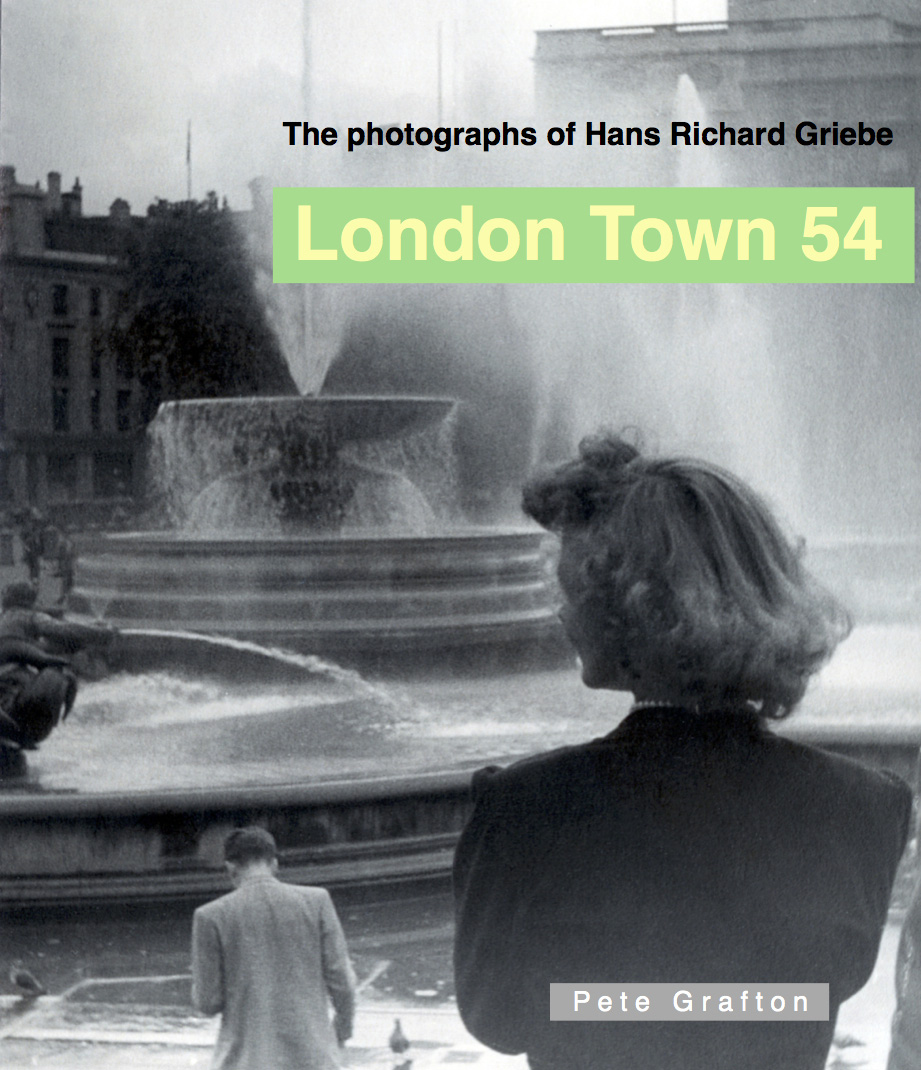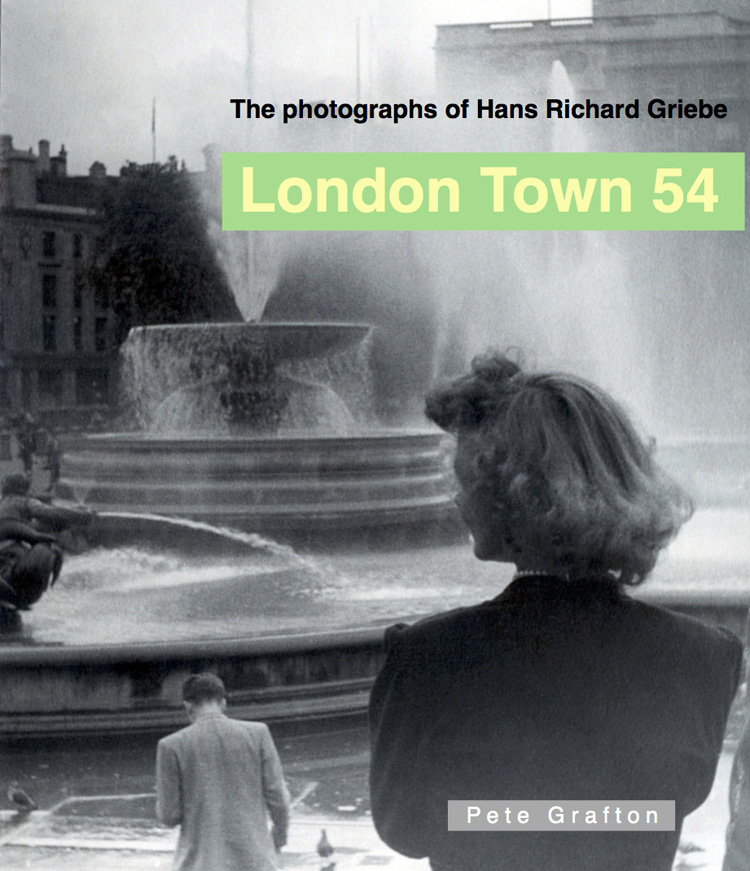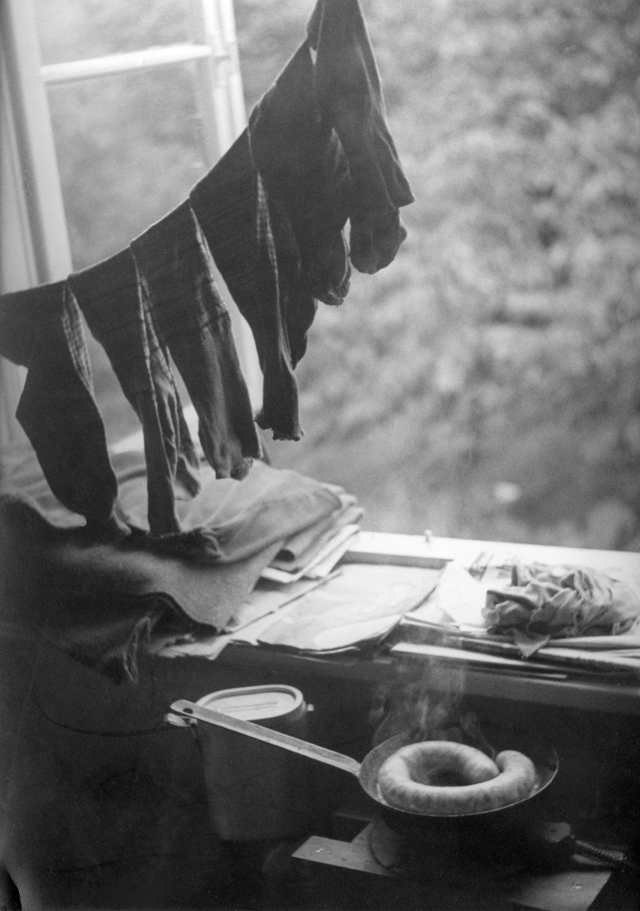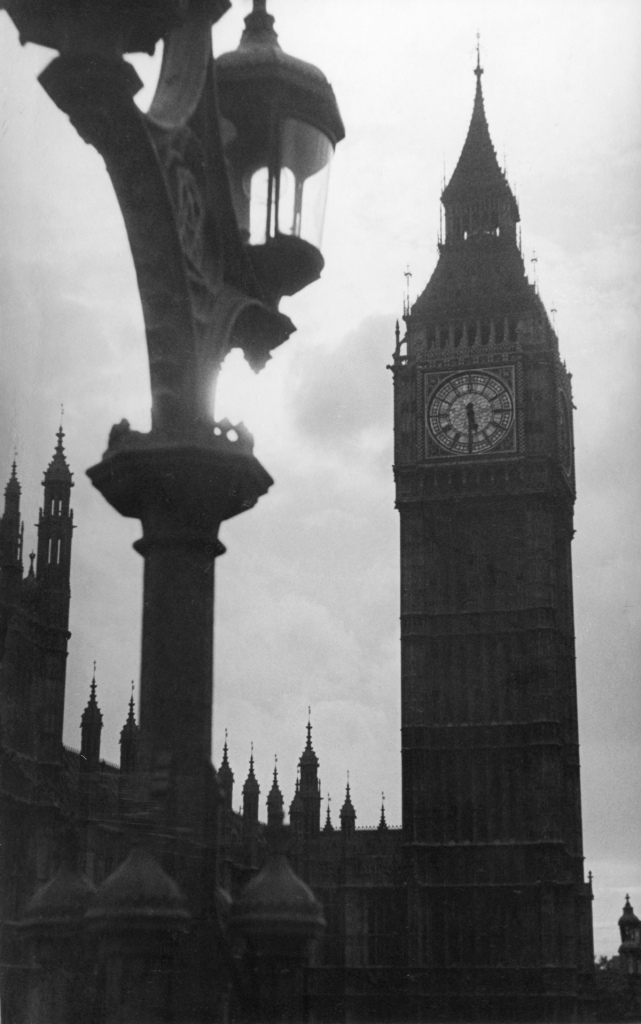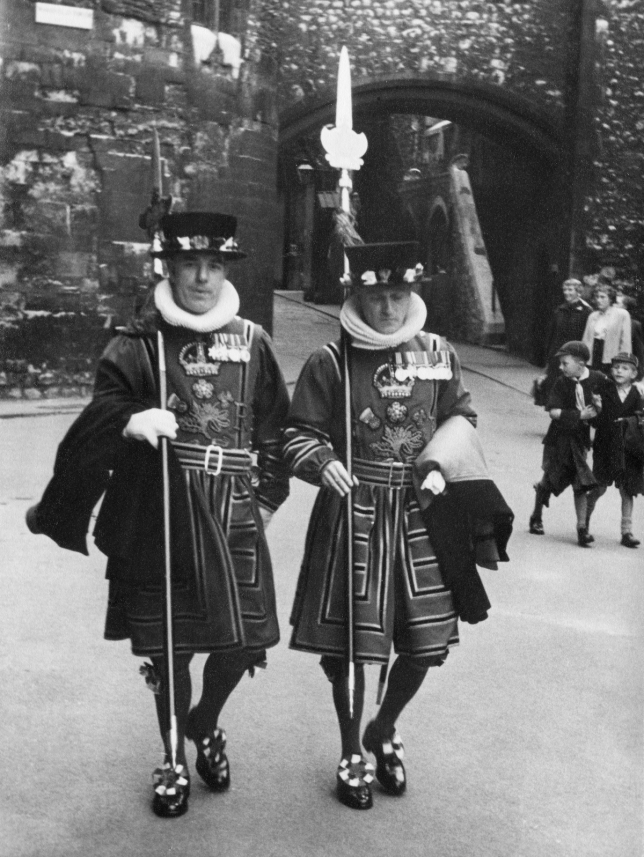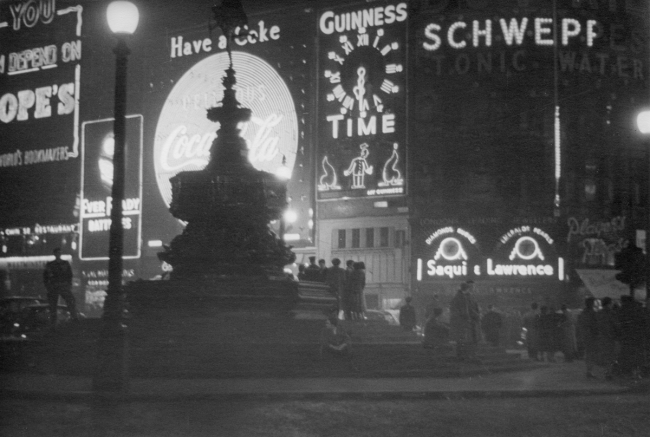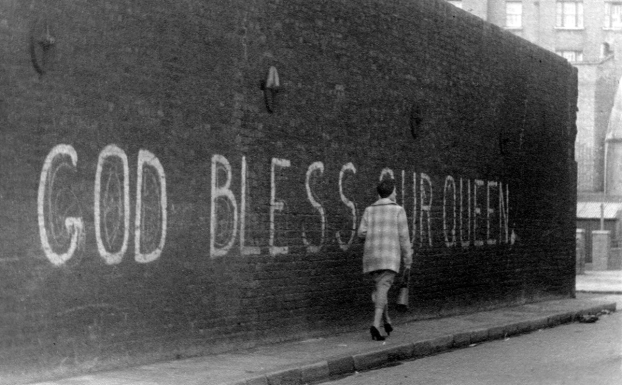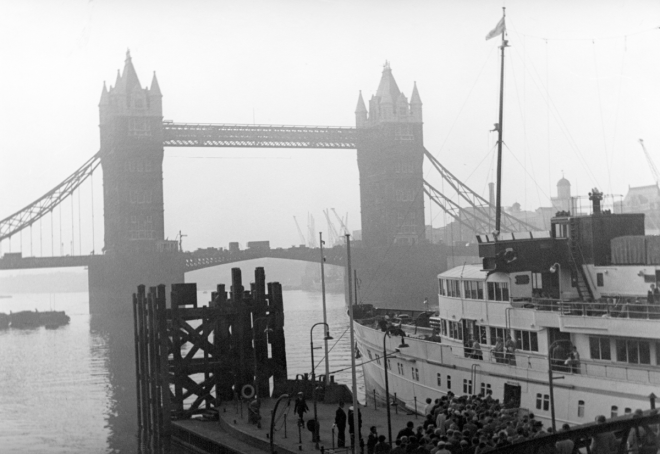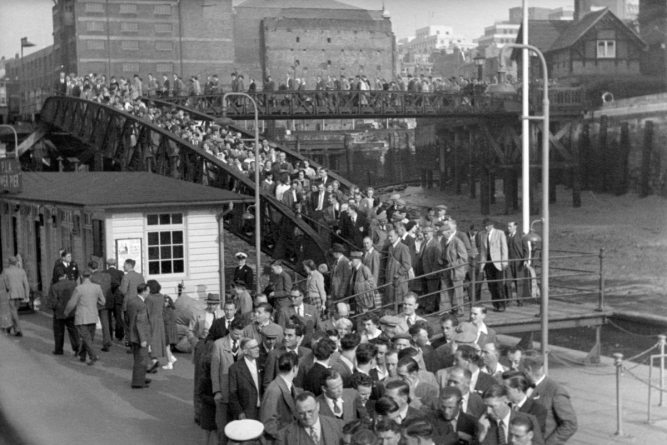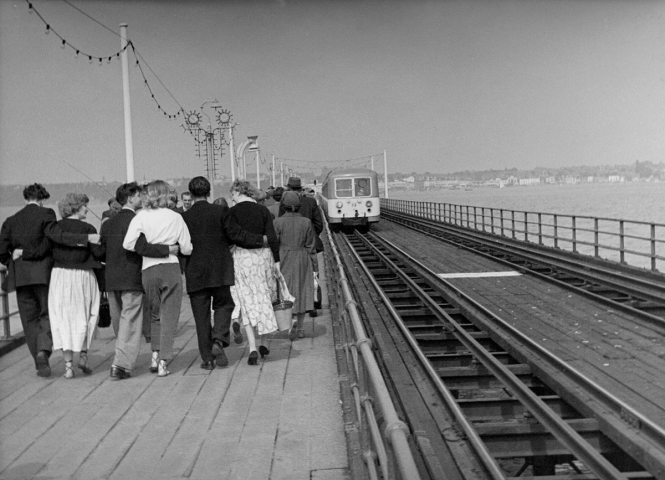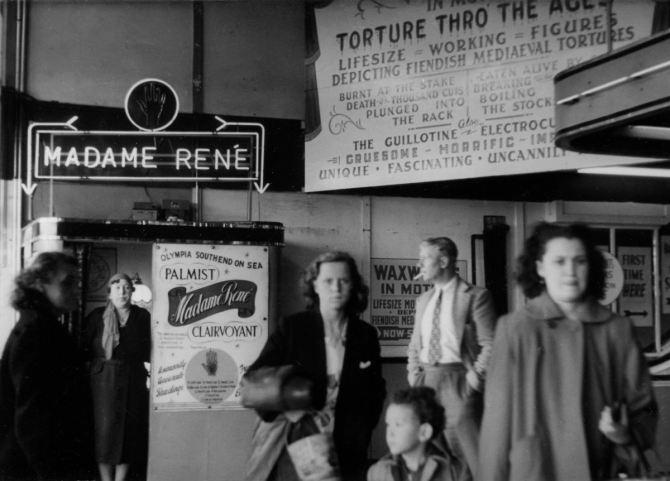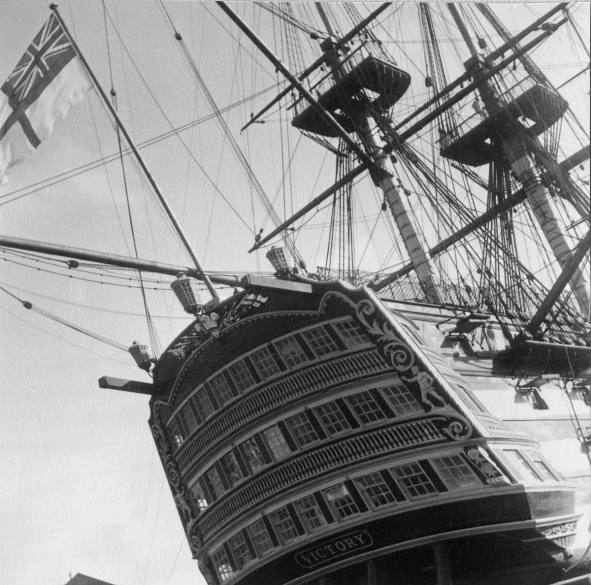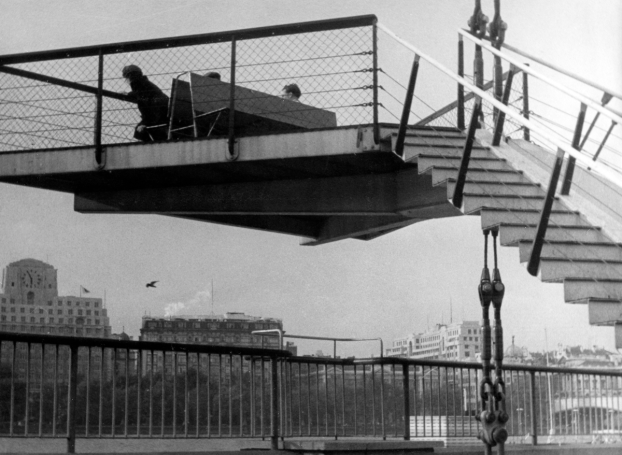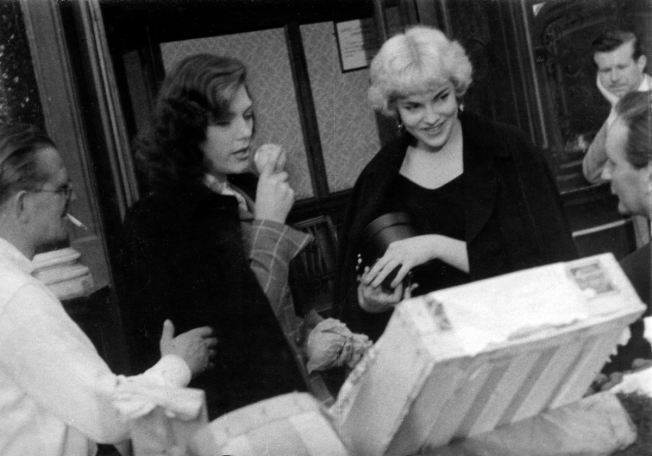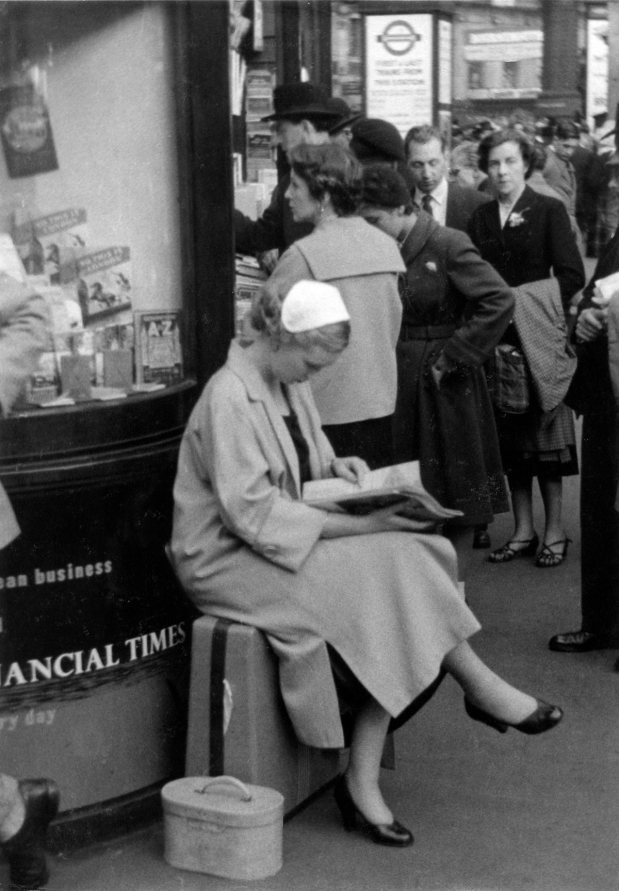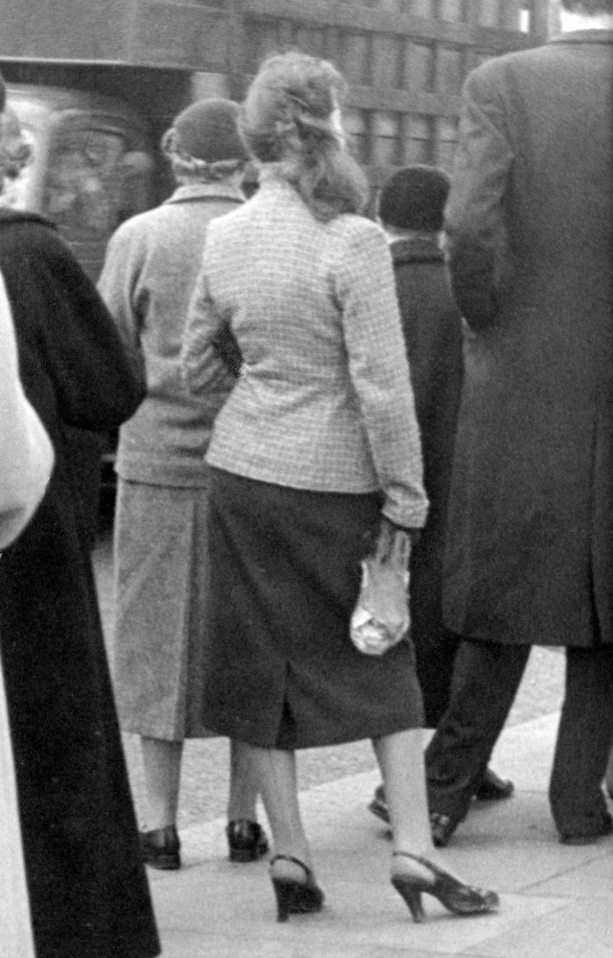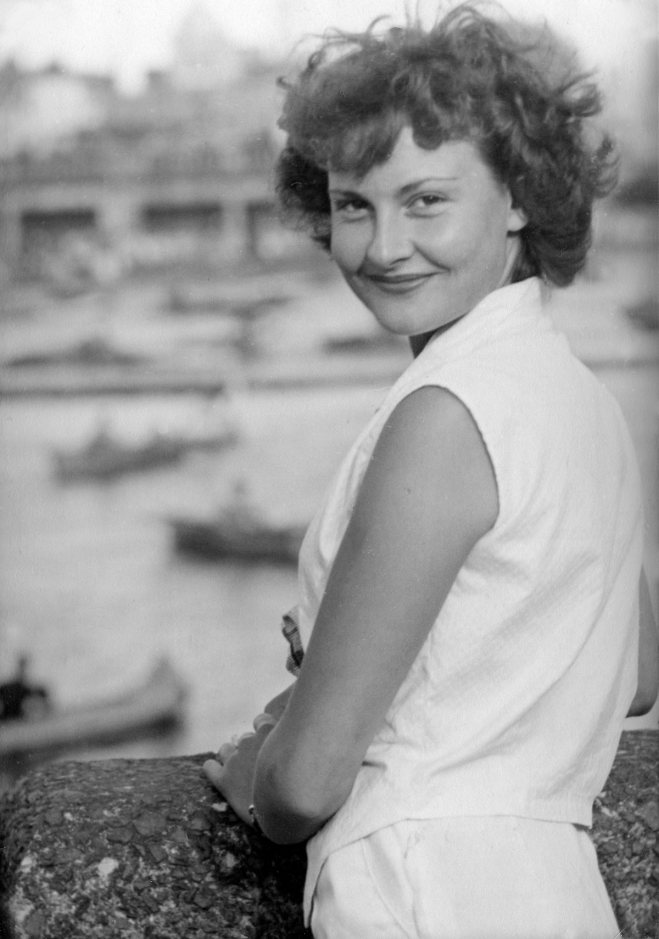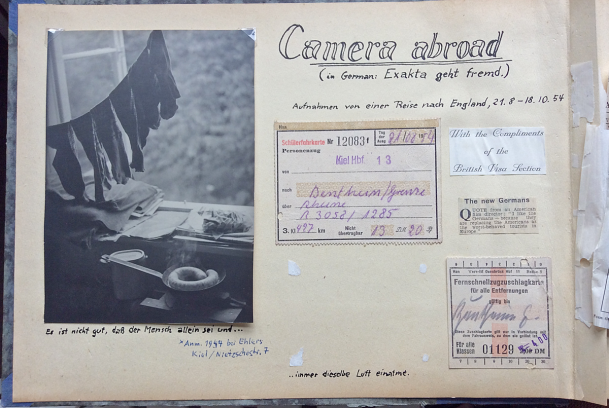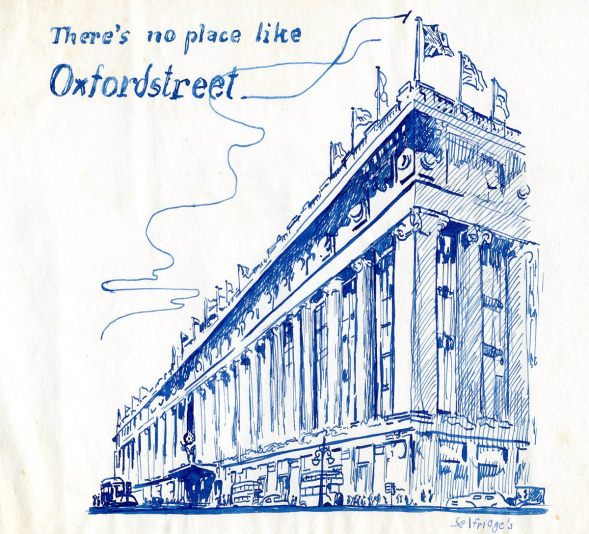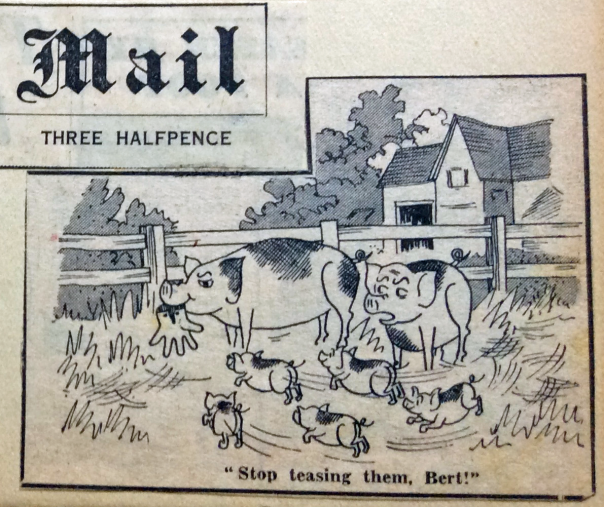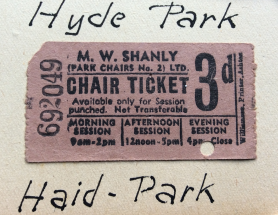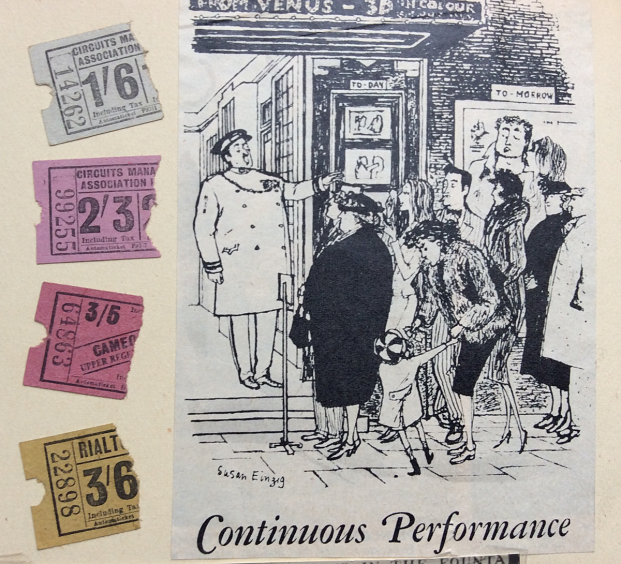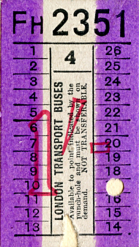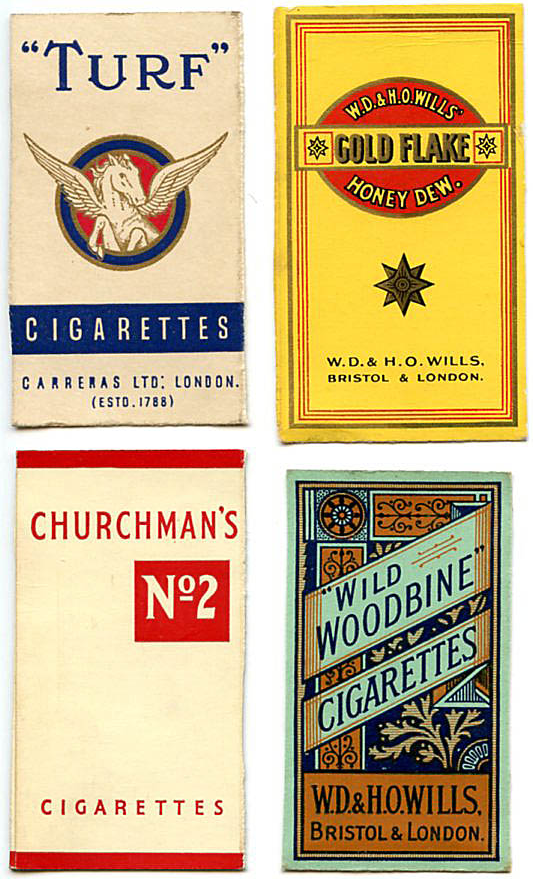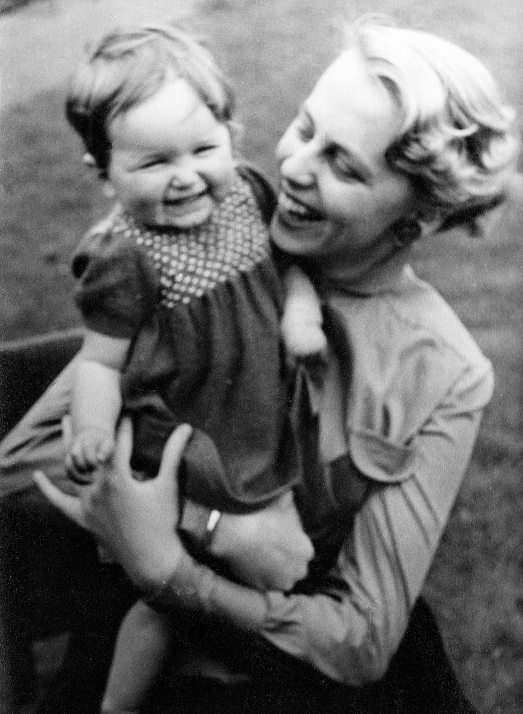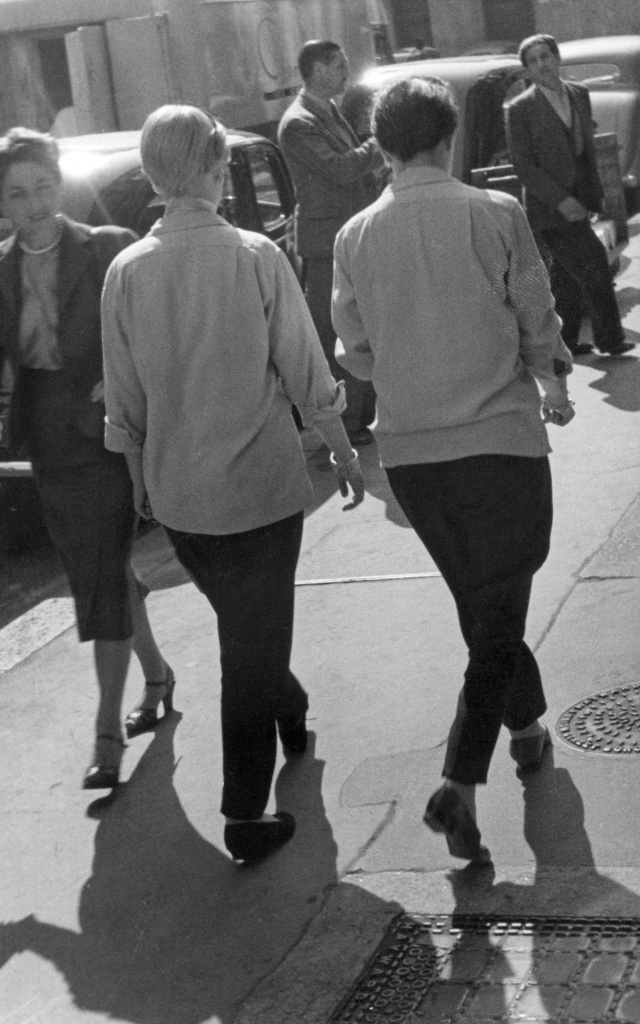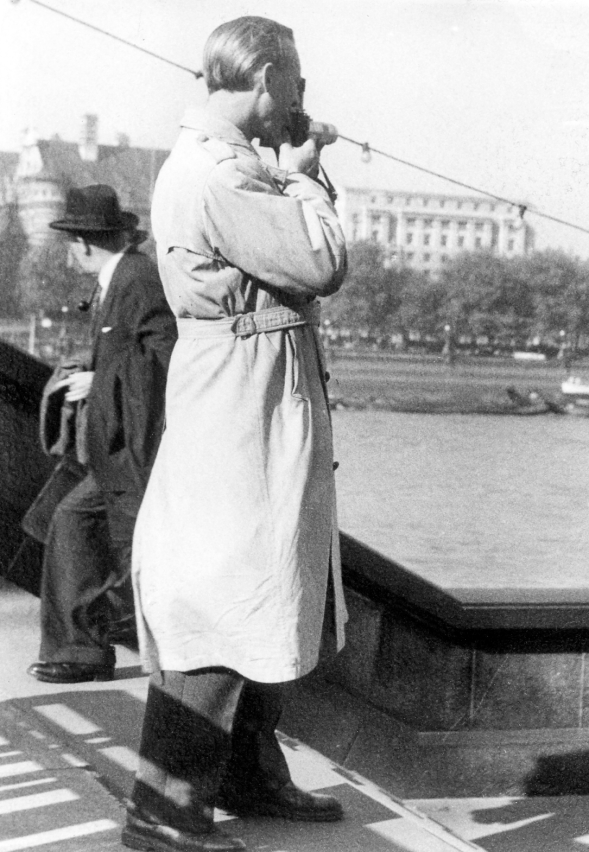London Town 54 is now on You Tube too.
With 16 videos London Town 54 is on You Tube. Key in Pete Grafton, or, London Photos 1954 to access the You Tube presentation.
Click for Intro and Womens Fashions
This online publication is free, and quotes and segments are available to local newspaper media and specialist print and online publications. All that is required is a link to londontown54.com and letting me know that you are using it. For the possibilities of national commercial use, and adaptation of the material to other media, use the Leave a Reply box to get in touch.
Note that this collection of photos is Copyright Pete Grafton – I need to state this as Alamy has been hoovering up photo based material, some of which strikes me as being in the public domain. There was strong criticism from professional photo and journalist bodies when Alamy changed their conditions in 2016, and photographer David Hoffman rightfully called their response to the criticism as “misleading and evasive”.
_______________________________
London Town 54 can be viewed by continuing to scroll, from this Introduction onwards into the Chapters, flowing forwards by Chapter to Chapter. To access a particular chapter, go to CHAPTERS in the MENU above. To get in touch, or access social media to tell friends or forward material ( Facebook, Twitter, Pinterest, etc,) go to the bottom of any CHAPTER, using the CHAPTERS menu above.
If using a touchscreen device the photos will enlarge to reveal more detail.
I N T R O D U C T I O N
Hans Richard Griebe, a German living in Kiel in 1954, travelled to London in August, to do a short course of Conversational and Colloquial English at the London School of English.
He rented a basement room in the Notting Hill area of London.
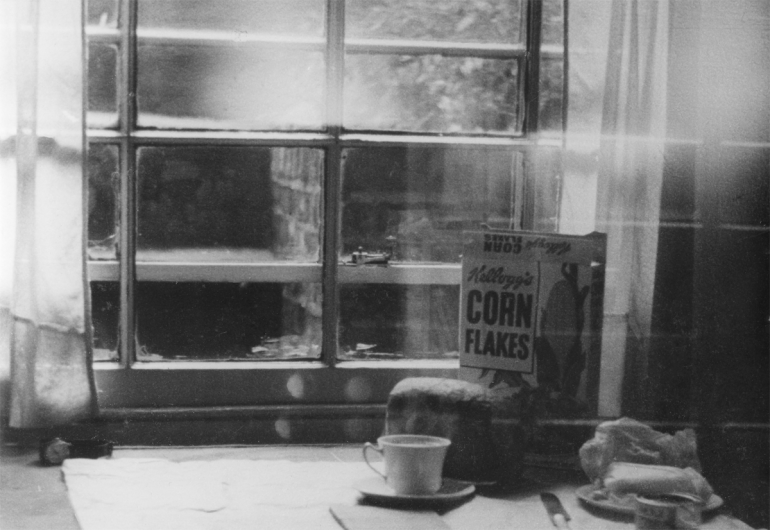
London. His basement room in Notting Hill Gate: Kellogs cornflakes, Hovis bread, and a British cup of tea.
When he wasn’t at his English classes, he was out and about in the metropolis, travelling east and west, north and south with his German Exakta camera. He mostly used London Transport buses, occasionally the Tube.
He visited London landmarks.
He also visited dockland and the docks.
And the suburbs.
He also went on the MV Royal Sovereign down the Thames Estuary to Southend on Sea.
He took a train journey to Portsmouth to photograph Royal Navy ships and Nelson’s Victory.
He had an interest in cinema.
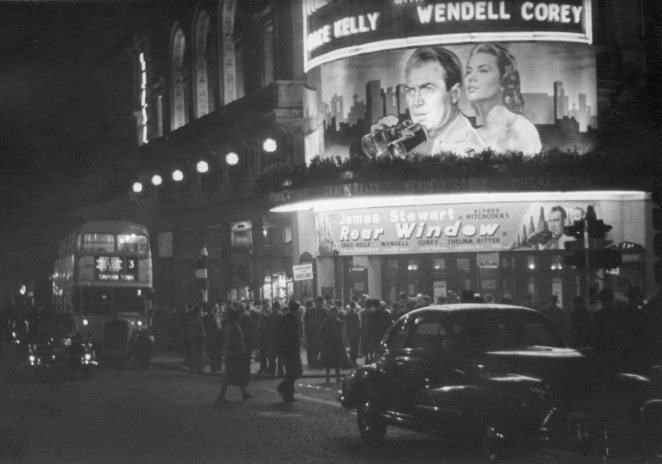
Rear Window, with James Stewart. The make of camera Jimmy Stewart uses in the film is the German made Exakta – the same make of camera that Hans Richard used for most of his photographs of London Town in 1954. For a discussion about his cameras, the condition and restoration of the photo prints, go to ABOUT in the MENU at the top of the page.
He went to the ballet.
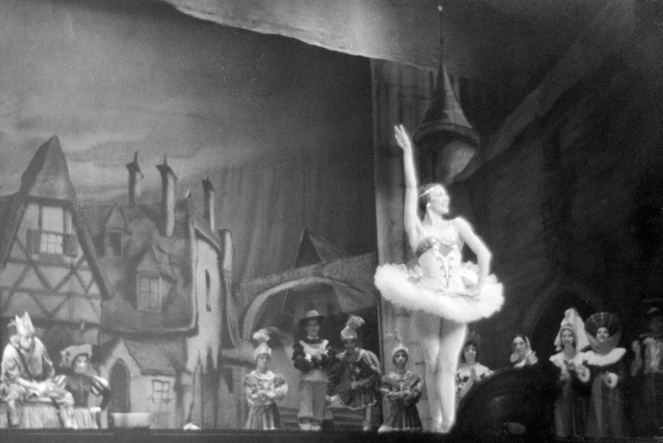
A rare full length performance of Esmeralda by the London Festival Ballet, at the Royal Festival Hall. The London Festival Ballet took its name – in 1950 – from the the imminent Festival of Britain of 1951. The London Festival Ballet evolved into what is now known as The English National Ballet company.
He went to the site of the Festival of Britain.
He also photographed women
Hans Richard Griebe
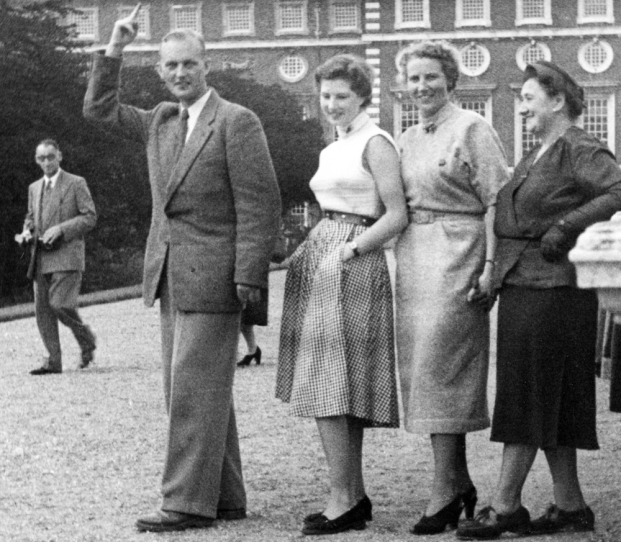
Hans Richard on his first full day in England, Sunday 22 August, with a Language School host and two fellow students. Hampton Court Palace.
What is known, and what can be guessed at – at present – about Hans Richard Griebe is within the pages of his photo scrapbook, which he called Camera Abroad, subtitling it “In German: Exakta geht fremd“
When he arrives by boat at Harwich he captions photos of those waiting for the train to London as “First Impressions”. If there had not been an indication otherwise, we would have assumed that 1954 was his first visit to Britain. But in Chapter 10 he captions a photo of Tower Bridge with the recollection that it was there that his hat blew off and that it was run over, in 1950. This raises a tantalising thought that he may have been a German POW, still in England in 1950. German POWs in Britain were made to work on the land, and their land work was argued by the Labour Government of the time as a form of reparations. The last German POW was repatriated in November, 1948, but 24,000 German POWs voluntarily stayed on in Britain. Could he have one of those? And then returned to Germany in 1950, or just after? There is certainly the feel, as one works through his photos of London in 1954, that he had an affection for the British.
In his Photo Scrapbook he selected several hundred photographs he had taken, arranged by theme, to paste in, and sometimes added his own sketches to amplify or comment on the theme.
Occasionally he attached official letters, and also, now and then, he pasted in news items and cartoons from the national daily newspapers.
Deck chair hire tickets, cinema tickets, bus tickets and tube tickets, and cigarette brands were also pasted in.
As reconstructed biography can often have an almost equal number of fictions as a novel, one has to be very careful about drawing conclusions from the ‘evidence’. As an example, the fact that Hans Richard was living in Kiel in 1954 does not mean he was from Kiel. The fact that he had an obvious interest in warships (he photographed models of the Third Reich warships – including the Admiral Hipper – on display in the Imperial War Museum), and went down to Portsmouth to photograph British warships, and photographed the merchant shipping in the Pool of London, and that he was a resident of Kiel (the Third Reich’s main naval base for surface boats and U Boats) – all this does persuasively suggest that he was in the Third Reich navy during the war. He possibly was, but that is the best that can be said. We can’t be sure.
And his occupation? And how was his trip, his tuition fees, his rent and his day to day living costs paid? Nothing in the few official letters suggests it was paid by an employer. Tentatively it could be suggested that he was a freelance journalist or private English language tuition teacher, a translator, or a cartoonist and/or a photographer. With the latter, for instance, his ability to relax mothers and children for informal photography is striking. This kind of family photography may have been part of his earnings.
But being self-employed is a tricky financial business, and although the postwar German economic miracle was on the horizon in 1954, it was still a few years off.
His English seems to have already been very good before he travelled to London, and his grasp of colloquial English is excellent: without it he would not have understood or enjoyed the humour of many of the cartoons he pasted in.
Although London was still blitzed with bomb sites, and the war had only been over nine years, from the evidence in his Camera Abroad as a German he had no trouble engaging with those he met in London, and in Southend and Portsmouth. He was sociable and was adept at fleetingly befriending people, people that he was about to photograph, or had photographed.
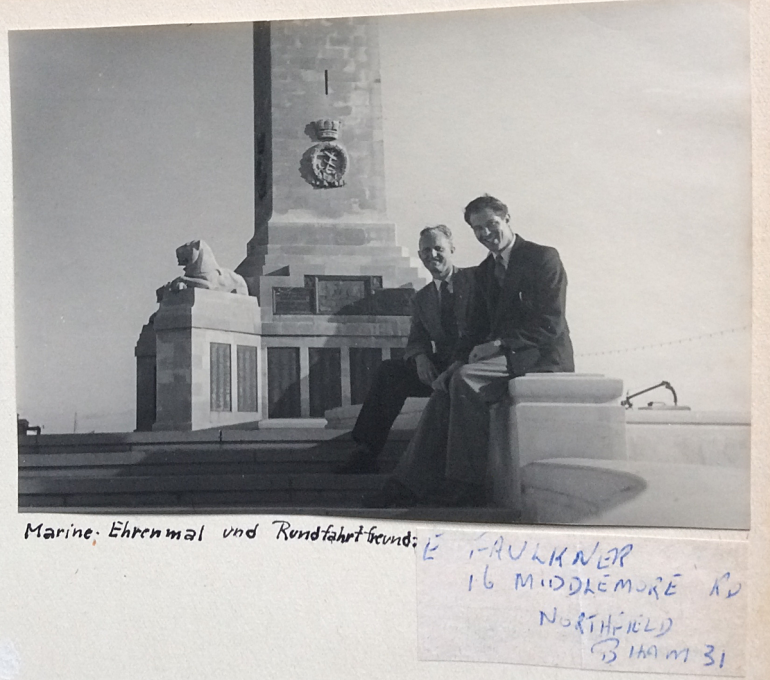
At Portsmouth – Hans Richard and newly met friend. Marine Ehrenmal ind Rundfahrtfreund: “Marines Memorial and tour friend”. Hans Richard has asked for his address, presumably because he will send him a copy of the photo. Hans Richard does this several times with people he meets, and photographs.
He loved the women he saw in London, loved their style.
We know he was single in 1954. He may have been a young widower: Kiel was a regular bombing target of the RAF, but again we are straying into the dangers of reconstructed biography. We do know that he missed being in a relationship.
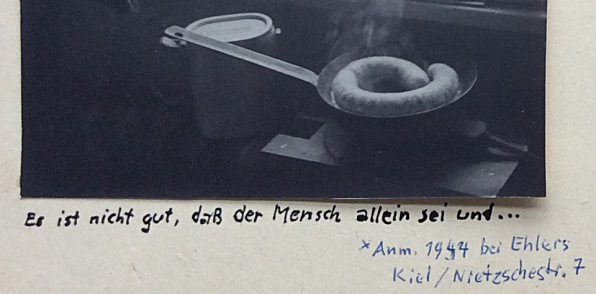
Es ist nicht gut, das der Mensch allein see und… “It is not good that man should be alone…” From the opening page of his scrapbook. The addition in ballpoint pen is from the 1980s – it is the Kiel address he was staying at in 1954.
Like many Germans culture was part of his make-up: as noted, he went to the ballet, and in one aside in Camera Abroad he quotes Thomas Mann.
We know nothing of his life when he returned to Germany after his six weeks in London, apart from that he was still alive in the 1980s when, using a blue ball pen, he annotated one or two of the photos he had taken thirty years before.
Did he marry? Have a family? It seems he probably did continue to live in Kiel, as the ebay seller of his photographic scrapbook was from Kiel. When I successfully bid for it and had received it, I emailed the seller, asking him in what circumstances he had acquired it. I didn’t receive a response. To date, no trawling of the internet has turned up any leads to Hans Richard Griebe.
What he has left behind is a wonderful collection of photos that upset the notion that London in the 1950s was still a drab, buttoned down place, recovering from the war and its aftermath.The evidence of Hans Richard’s photographs of London in the late summer of 1954 was that it was largely – (there were exceptions) – a place of relaxed pleasure and style.
For a discussion about the photography of Hans Richard Griebe, see About in the MENU at the top of this page.
London Town 54
The sequence of themes in London Town 54 sticks to the sequence of events and themes that Hans Richard chose for his scrapbook. Besides Themes such as Rush Hour or Tradition, he also included two news photo essays that he shot. One is the discovery on 24 September, 1954 of the Roman Temple to the Roman god Mithras near the Mansion House in the City of London. The other photo essay covers the state visit of Emperor Haile Selassie of Ethiopia to London in 14 October 1954, a few days before Hans Richard was to return to Germany. Throughout London Town 54, any captions that he wrote I reproduce in italics. Those that I have attached to a photo are in non-italics.
The themes are accessed via the Chapters in the Menu at the top of this page.
I welcome comments, corrections and observations on the places and details shown in the photographs. Please use the Leave a Reply box at the foot of any Chapter, using the CHAPTERS menu at the top of this Introduction to access the Leave a Reply Box, or use to social media to alert friends or forward material.
This online publication is free, and quotes and segments are available to local newspaper media and specialist print and online publications. All that is required is a link to londontown54.com and letting me know that you are using it. For the possibilities of national commercial use, and adaptation of the material to other media, use the Leave a Reply box to get in touch.
(Due to the curse of Predictive Typing every time Predictive Typing in a body of English language encounters a German word, it will change it to an English word, if it can, rendering the German word, or sentence in German meaningless. I have tried to keep an eye on that, but there may still be uncorrected and meaningless examples that have slipped through. My apologies.)
Pete Grafton. March, 2016.
